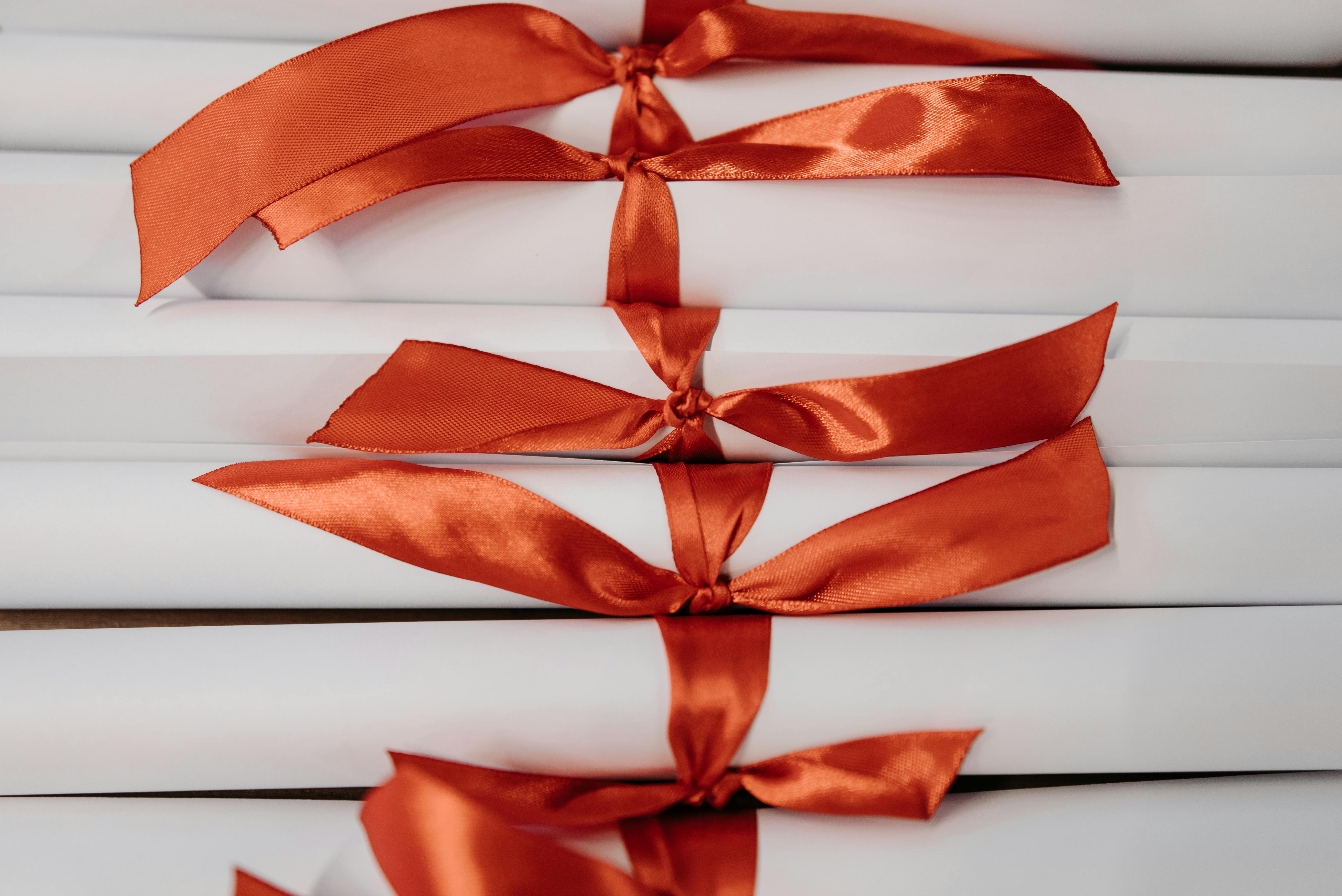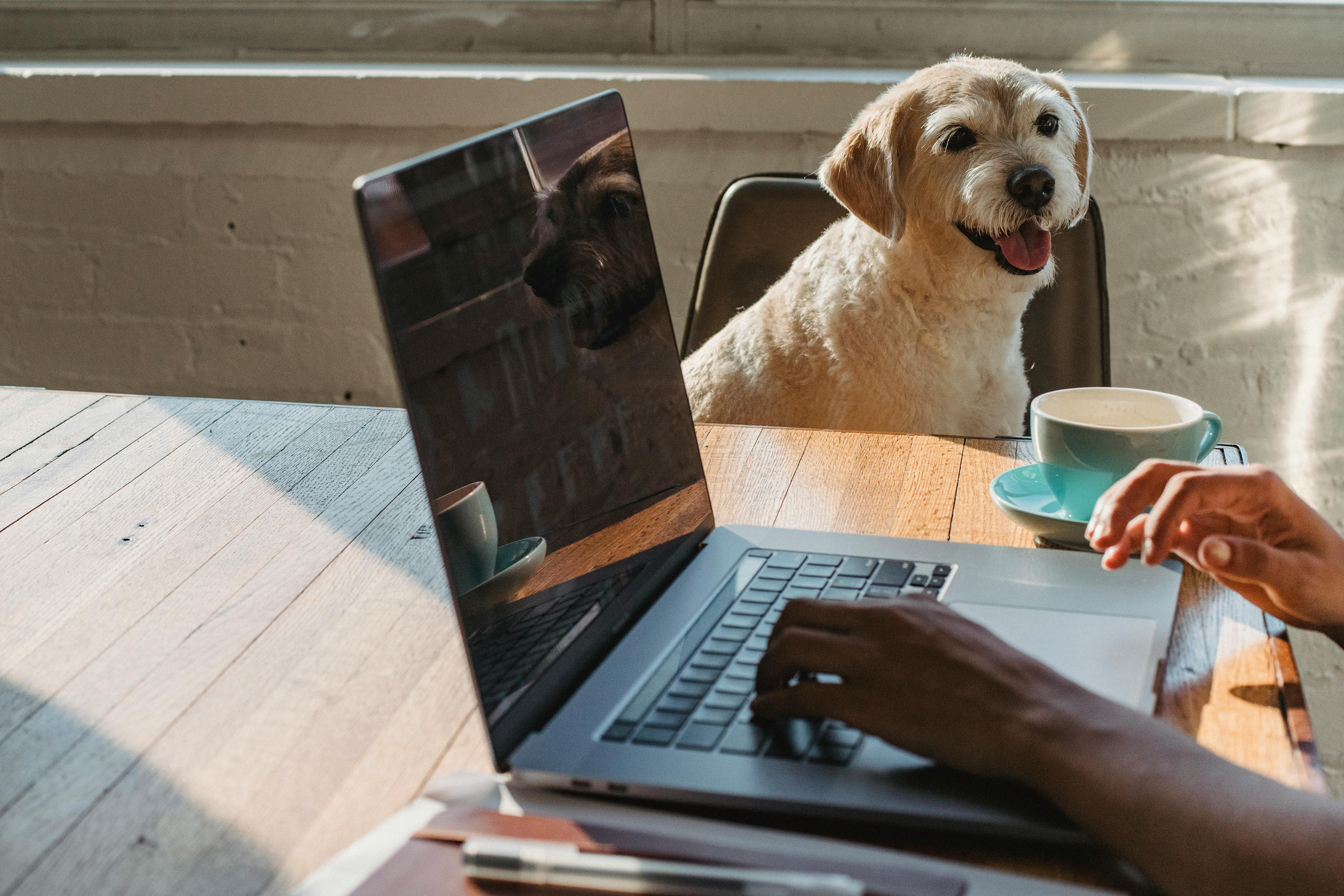Understanding How to Properly Make Yellow in 2025
Yellow is a vibrant and dynamic color that has captured the hearts of artists, designers, and creators alike. Understanding how to make yellow effectively is vital not only for artwork but also for various applications such as fashion design, branding, and even food presentation. As we dive into the techniques for creating yellow, we will explore various methods including paint, dye, and even food coloring. This article will cover effective mixing colors, prominent yellow shades, and innovative applications across different design fields. By the end, you'll be equipped with a comprehensive guide on achieving the perfect yellow tones and how to apply them creatively in your projects.
Key takeaways include:
- Understanding different methods to make yellow paint, dye, and more.
- Exploring advanced color mixing techniques to achieve vibrant yellow shades.
- Practical applications of yellow in various creative fields.
- How to teach kids about color mixing and creating yellow.
How to Make Yellow Paint: Techniques and Recipes
Creating yellow paint involves understanding the primary colors and their mixing ratios. The fundamental method to make yellow paint is through the use of pigments that primarily fall under the warm color palette. By mixing specific combinations of colors, an artist can create a variety of yellow shades.
Mixing Colors to Make Yellow
The most conventional way to achieve yellow is through the mixing of primary colors. For instance, mixing equal parts of red and green pigments can yield different shades of yellow, though traditionally yellow cannot be created by combining colors. Instead, explore the use of specific pigments known for their yellow qualities, such as cadmium yellow or lemon yellow.
Creating Bright Yellow: Paint Recipes
To create a bright yellow, begin with a base of titanium white to lighten the mix. Combine it with a high-quality yellow pigment in your palette. For a more subdued approach, consider experimenting with transparent yellow colors combined with white to achieve a pastel effect. Mixing in small increments allows for more control over the shade you want to achieve.
Yellow Watercolor Techniques
When working with watercolors, the transparency of yellow pigments is key. Using the wet-on-wet technique, you can layer colors to create gradients of yellow, exploring how the mixing of yellows can transform the overall artwork. Additionally, water dilutes the paint, softening the yellow while giving it vibrant luminosity, perfect for creating soft backgrounds or highlights in art projects.
Utilizing Yellow in Art Projects
With an understanding of how to create yellow, the next step is exploring its applications in various art projects. The versatility of yellow can greatly influence your artwork and how viewers perceive it.
Significance of Yellow in Color Theory
In color theory, yellow is associated with emotions like happiness and warmth. Its prominence in a color palette can draw attention and evoke energy, making it a favored choice in design and art. Understanding yellow's place in the color wheel can help you manipulate its use for desired emotional effects.
Effective Yellow Shades for Different Mediums
Depending on the medium, the effectiveness of yellow can vary significantly. For instance, in digital design, the brightness of yellow can be manipulated further using RGB values, enabling designers to achieve the exact hue they seek without traditional mixing. Meanwhile, in textile applications, yellow dyes can create vibrant fabrics that maintain their sheen and brightness.
Yellow in Home Decor and Branding
Incorporating yellow into home decor invokes feelings of cheerfulness and a lively atmosphere. Its use in branding conveys clarity and optimism, making it effective for companies aiming to attract attention. When using yellow, consider its cultural significance and be strategic about how it's applied in both design and marketing contexts.
How to Make Yellow Dye: A Step-by-Step Approach
Making yellow dye can be an enjoyable experience, especially if you're exploring natural methods. Harnessing the beauty of yellow from nature offers a unique perspective in dye-making.
Natural Sources for Yellow Dye
Natural sources such as turmeric and saffron are great candidates for creating yellow dye. To achieve different shades and depths of yellow, experimentation is essential, often by diluting the natural dye or using it in varying percentages. Understanding the extraction methods will help in creating consistent results.
Creating Custom Yellow Dye Solutions
Combining natural sources with synthetic dyes can produce vibrant shades. For instance, mixing commercial yellow dyes with a touch of orange can yield stunning warm yellows, ideal for textile projects. Keep precise records of your mixtures to replicate results.
Practical Applications for Yellow Dye
Yellow dye can be used in various applications, from fabric design to home crafts. For instance, using yellow dyes in knitting or crochet projects can yield beautiful, sunny garments that appeal to both adults and children. The versatility of yellow dye extends into home decor items, increasing vibrancy in curated spaces.
Teaching Kids About Yellow: Fun Activities
Introducing children to yellow and color mixing can foster creativity and artistic expression. Engaging them through interactive activities can instill a lasting appreciation for colors.
DIY Yellow Paint Projects
A fun and impactful way to teach kids about making yellow is through DIY paint projects. Using primary colors to create different shades and letting them experiment fosters creativity and understanding of color blending. Encourage kids to try making a variety of yellow shades by adjusting their mixtures.
Color Mixing Games
Color mixing games can also be a playful way to instill knowledge. Using colored water in clear containers allows children to see firsthand how different colors can create bright yellows and other hues through mixing. Such practical demonstrations reinforce concepts while keeping learning exciting.
Creative Yellow Crafts
Incorporating yellow into arts and crafts can lead to stunning projects. From creating yellow paper flowers to painting vibrant sunrises, the possibilities are endless. These activities not only enhance color recognition but also boost fine motor skills through practical engagement.
Q&A: Common Questions about Yellow Creation
What colors make yellow?
Yellow is considered a primary color in the subtractive color model (like paint) and cannot be created by mixing other colors, but in the additive color model (like light), mixing red, green, and blue can yield exciting variations of yellow.
How can I lighten yellow?
Lightening yellow can be achieved by gradually introducing white paint or color to soften its intensity, achieving a pastel yellow that is easier to blend with other colors.
What are popular yellow shades?
Common shades of yellow include lemon yellow, canary yellow, and mustard yellow, each varying in brightness and tone. These shades find usage in different applications, from art to fashion.
Conclusion: Embracing Yellow in Creative Pursuits
Yellow stands as a color of vibrance and positivity, bringing energy to various art forms and design applications. Whether you’re working with paints, dyes, or integrating yellow in home decor, understanding how to achieve the ideal yellow shades will enhance your creative projects. With the techniques covered in this article, you can confidently explore the beauty of yellow in your creative expressions.
 example.com/image2.png
example.com/image2.png
 example.com/image3.png
example.com/image3.png 